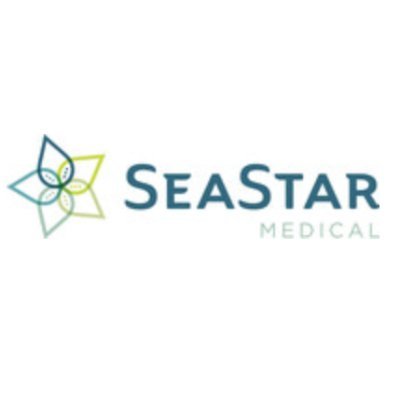
SeaStar Medical Holding Corporation reported a fourth quarter and full year financial performance for 2024, highlighting challenges despite significant advancements in product development and clinical trials.
The company’s earnings per share (EPS) of -$0.898 and revenue of $67,000 fell below expectations, indicating financial challenges.
Financial ratios such as the negative price-to-earnings (P/E) ratio, high price-to-sales ratio, and liquidity concerns underscore the valuation and financial health issues facing SeaStar Medical.
SeaStar Medical Holding Corporation, trading as NASDAQ:ICU, focuses on developing innovative treatments for critically ill patients. The company recently reported its financial results for the fourth quarter and full year of 2024. Despite making significant strides, ICU’s earnings per share (EPS) of -$0.898 fell slightly below the estimated EPS of -$0.89. Additionally, the company’s actual revenue of $67,000 was significantly lower than the estimated $150,000.
In 2024, SeaStar Medical achieved its first product approval for QUELIMMUNE and launched it commercially. The company also expanded its NEUTRALIZE AKI pivotal clinical trial by adding 14 new clinical sites, enrolling 94 out of the anticipated 200 patients. Despite these advancements, ICU’s financial metrics reflect challenges. The negative price-to-earnings (P/E) ratio of -0.44 indicates the company is not currently profitable.
ICU’s financial ratios highlight its valuation and liquidity challenges. The price-to-sales ratio of 142.08 suggests investors are paying a high premium for each dollar of sales. Similarly, the enterprise value to sales ratio of 132.85 reflects a high valuation relative to sales. The enterprise value to operating cash flow ratio of -1.14 indicates difficulties in generating cash flow from operations.
The company’s financial health is further underscored by a negative earnings yield of -2.29%, emphasizing its lack of profitability. Additionally, ICU’s negative debt-to-equity ratio of -0.26 may suggest more liabilities than equity or negative equity. The current ratio of 0.55 indicates potential liquidity concerns, as it falls below the standard threshold of 1, which could impact the company’s ability to meet short-term obligations.
